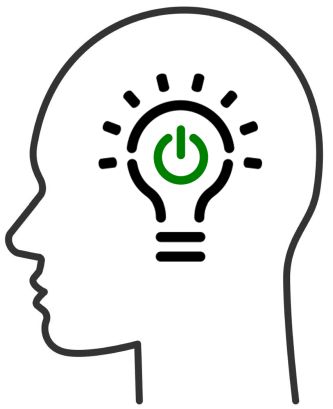
Instructioneel ontwerpen
Definitie
Ontwerpen en ontwikkelen van educatieve materialen en ervaringen, zowel digitaal als fysiek gericht op het op een effectieve, efficiënte en uitnodigende manier overbrengen van kennis. Met instructionele theorieën en modellen als basis, wordt bij het ontwikkelen van leermaterialen en -ervaringen vier fasen doorlopen: analyse van de behoefte, ontwerp, ontwikkeling en evaluatie van materialen + ervaringen op hun effectiviteit.
Alias: Instructional systeems design (ISD)
![]()
The Scope of instructional design
ID knowledge relates to a wide variety of topics that impact many parts of the design process. We picture the ID knowledge base as relating to the following six content domains:
- Learners and learning processes;
- Learning and performing contexts;
- Content structure & sequence;
- Instructional & noninstructional strategies;
- Media and delivery systems;
- Designers and design processes.
Bron: The Instructional Design Knowledge Base: Theory, Research, and Practice, Rita C. Richey, James D. Klein, Monica W. Tracey
![]()
Instructional design is the systematic development of instructional specifications using learning and instructionel theory to ensure the quality of instruction. It is the entire process of analysis of learning needs and goals and the development of a delivery system to meet those needs. It includes development of instructional materials and activities; and tryout and evaluation of al instruction and learner activities.
Multicultural Instructional Design - Concepts, Methodologies, Tools, and Applications
![]()
What is an Instructional Designer?
An instructional designer applies this systematic methodology (rooted in instructional theories and models) to design and develop content, experiences, and other solutions to support the acquisition of new knowledge or skills. Instructional designers ought to begin by conducting a needs assessment to determine the needs of the learning event, including: what the learner should know and be able to do as a result of the training or learning solution, and what the learners already know and can do.
Instructional designers are then responsible for creating the course design and developing all instructional materials, including presentation materials, participant guides, handouts, and job aids or other materials. Instructional designers are commonly also responsible for evaluating training, including assessing what was learned and whether the learning solution led to measurable behavior change.
(...)
Common instructional design models include:
- ADDIE
- Cathy Moore’s Action Mapping
- Dick and Carey Model
- Kemp Design Model
- Merrill’s First Principles of Instruction
- SAM (Successive Approximation Model)
- Agile or rapid prototyping
Bron: https://www.td.org/talent-development-glossary-terms/what-is-instructional-design
![]()
The process by which instruction is improved through the analysis of learning needs and systematic development of learning experiences.
It’s time to learn.
Instructional design (or instructional systems design) combines the art of creating engaging learning experiences with the science of how the brain works.
Bron: https://www.instructionaldesign.org/




















